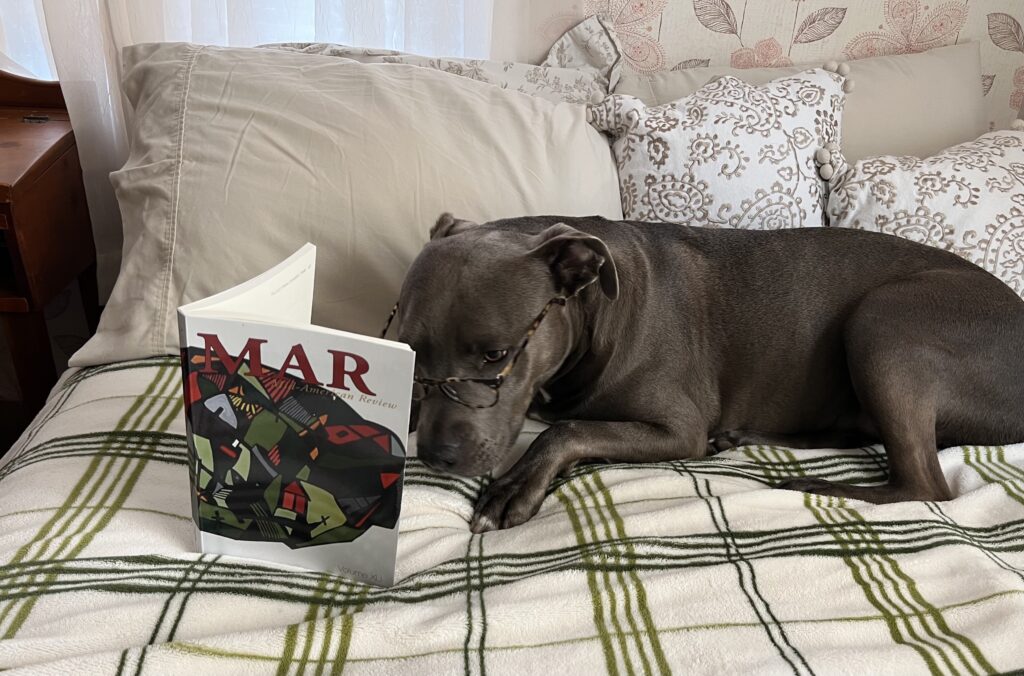On Thursday, August 31st, at 7:30 PM, Sherrie Flick will be reading some of her work for the 2023 Prout Chapel Reading Series at Bowling Green State University.
We are incredibly excited to be welcoming writer Sherrie Flick to campus. To say she’s covered a lot of ground in the writing world would be an understatement. She is the author / co-editor of five books: Reconsidering Happiness (Bison Books, University of Nebraska Press), I Call This Flirting (Flume), Whiskey, Etc. (Autumn House Press), Thank Your Lucky Star (Autumn House Press), and co-editor of Flash Fiction America: 73 very short stories (W.W. Norton). Her anthology publications include Pie & Whiskey: Writers Under the Influence of Butter and Booze, The Best Small Fictions (2017), Short on Sugar High on Honey: Micro Love Stories, and among others. Her stories have appeared in Black Warrior Review, SmokeLong Quarterly, Passages North, and many others. She’s also an essayist whose work has appeared in quite a few notable publications including The Wall Street Journal, Ploughshares, and Superstition Review. She’s currently a co-editor with James Thomas and John Dufresne for Flash Fiction America (W.W. Norton, February 2023), a senior lecturer in Chatham University’s MFA and Food Studies programs, a manuscript consultant at Randolph Lundine, an urban garden monthly columnist for the Pittsburgh Post-Gazette, and a freelance writer and copy editor.
Here’s a bite sized sample of Flick’s work:
“There before you, in its quiet glory, is your garden. Finches perch on sunflowers; a blue jay flies paranoid into the neighbor’s yard: precision, noise, grace. The tomatoes heave down on their branches. The petunias have flopped into the lavender, which is touching the morning glories at the ankle of their trellis. The corn is human; the beans hectic.” – “Morning Coffee” Sherrie Flick
Along with being an accomplished author Flick is an avid gardener and baker. I mention this because those two passions are deeply woven into her writing. Flick’s work continually investigates the connections between food, place, character, and belonging with an almost relentless emotional accuracy. She never underestimates the power of details or small gestures: the act of sitting alone, the making of a pie, the falling of snowflakes. It’s these moments that work to elevate narrating occurrences in the world to thoughtfully observing it, something Flick does with a seemingly effortless grace.
–Gen Greer, Blog Co-Editor

